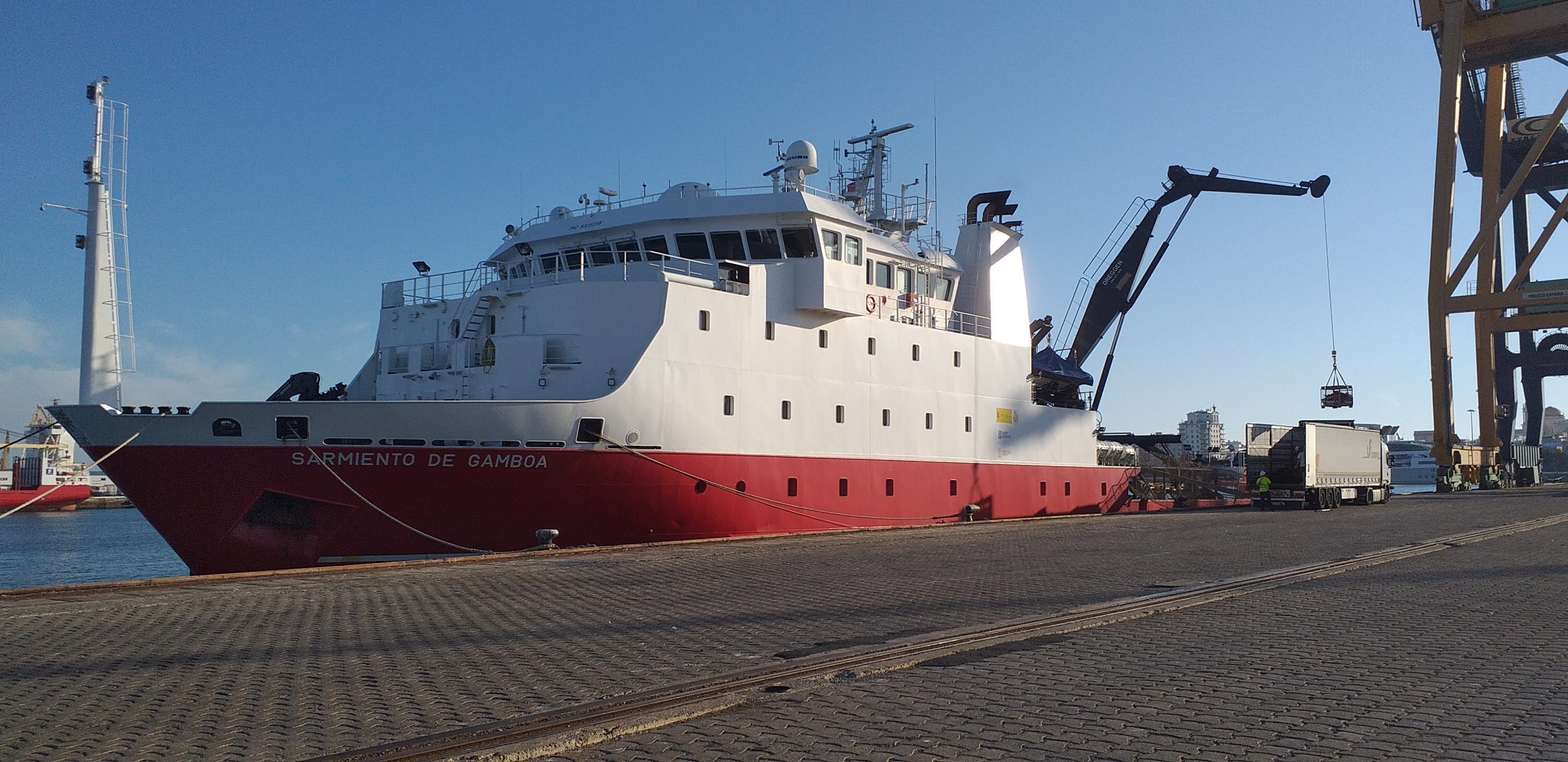In marine settings, geohazards such as earthquakes and landslides can generate tsunamis that threaten coastal zones at distances of many thousands of kilometres, as exemplified by the 2004 northern Sumatra and 2011 Tohoku earthquakes and respective tsunamis. Smaller magnitude submarine earthquakes and landslides occur more frequently and still hold the capability of tsunami generation, posing hazards for coastal communities and offshore infrastructure.
We apply a holistic approach to offshore geohazards aimed at understanding the processes involved in faulting, mass-wasting offshore and subsequent tsunami generation. In recent times, we focus on constructing extensive databases with information on the magnitude, age and parameters of submarine landslides to help characterize their onset and dynamics and to develop probabilistic tsunami hazard analysis induced by submarine landslides.
Study areas include the continental margins of the Euro-Mediterranean region, and the Gulf of Cadiz in particular, as well as the Japan/East Sea.
Our objectives are to:
- understand the processes involved in the generation of tsunamis, with special emphasis on those related with submarine landslides;
- construct extensive databases with information on the magnitude, age and parameters of submarine landslides to help characterize their onset and dynamics, with the aim of developing probabilistic tsunami hazard analyses.
Collaborations



